Can You Create Drawings on the Ipad Air
What began as one beautiful tablet has evolved into five tablet lines, each of which has its own strengths and targets its own section of the portable market. Apple's iPads have been the epitome of how tablets should look, feel, and perform. And it seems that each year, they're only getting better – there's a good reason why they dominate our list of the best tablets.
This year, there are two new contenders in the mid-range sphere of Apple tablets: the simply-named iPad (2020), which now comes with an upgraded chip, and the iPad Air (2020), which has a bigger display than its predecessor, boasts Apple's most advanced small System on a Chip, and comes with a host of new and advanced features.
The iPad Air (2020) does seem to be the more powerful and feature-rich of the two, making it the better choice for most people. However, it also comes with a much higher price tag, so its really about whether those extra features are worth the extra cost for you. So, in the iPad (2020) vs iPad Air (2020) battle, there isn't just one straightforward winner.
We'll go through everything you need to know, and you'll also find the current lowest prices for these, but you can also check out our round-ups of the best iPad deals, the best iPad Pro deals and the best iPad mini deals for all the latest offers!
iPad (2020) vs iPad Air (2020): Price
To budget-conscious tablet users looking to upgrade their old one or get into the iPadOS ecosystem, the iPad (2020) is certainly the more appealing option. That's because it is the cheaper proposition, starting at £329/$329/AU$499 for the Wi-Fi only version and at £459/$459/AU$699 for the cellular one.
Those who have a bigger or more flexible budget, on the other hand, might find the iPad Air (2020) a better value. It starts at £579/$599/AU$899 for the Wi-Fi model and at £709/$729/AU$1,099 for the cellular one, and comes with a plethora of features that the iPad doesn't.
That's a pretty major difference. Of course, there's also a big difference in specs here, with the Air rocking a chip that's said to offer 40% improvement in the CPU and a 30% boost in graphics, as well as double the storage, plus screen, design and other extras.
However, if having a more powerful chip and more advanced features isn't vital to you, it's worth bearing in mind that the highest specced Wi-Fi only iPad (2020), which comes with 128GB storage, will only set you back £429/$429/AU$649. It's still a lot less than any iPad Air version.
iPad (2020) vs iPad Air (2020): Design and features
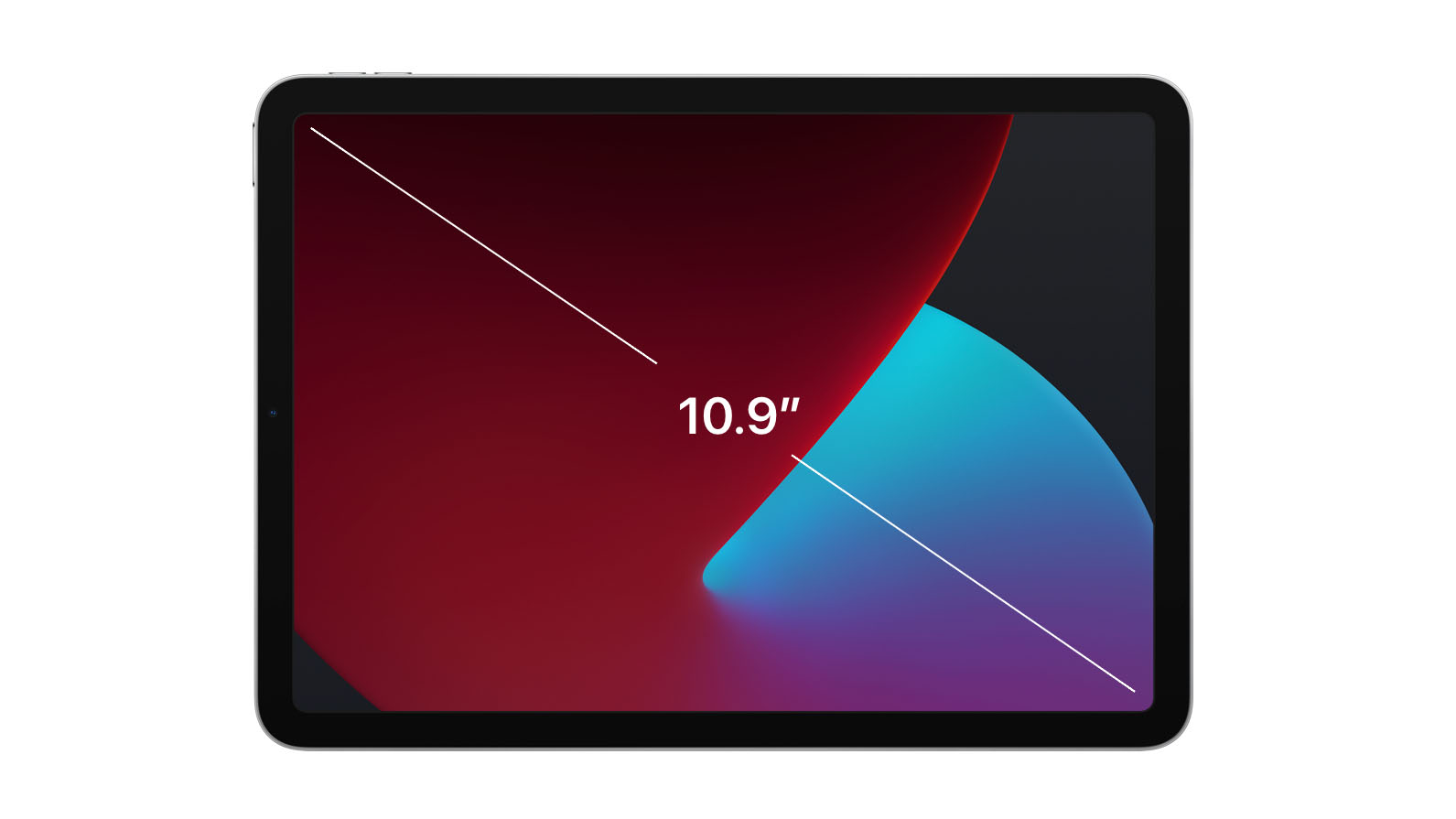
(Image credit: Apple)
Of course, there is the matter of size as well. True to its name, the iPad Air (2020) is slightly thinner and wider, though by a mere 0.05 inch in depth and 0.2 inch in width, as well as lighter by 32 grams.
Will that small difference matter in the grand scheme of things? Probably not for most people, but it's when you factor in the display that you really see a difference. Despite the iPad (2020)'s slightly bigger size, it has a smaller display of 10.2 inches. That's because of those thick bezels that Apple is sticking with for the line.
Considering that most monitors and displays are going for thinner bezels these days, it seems like a weird choice, especially as it's entirely possible to trim those bezels down considerably. The iPad Air (2020), for instance, has much thinner bezels, giving it a 10.9-inch display.
It isn't only the size of the display that is different here. Both boast a LED-backlit screen with multi‑touch and IPS technology with 500 nits of brightness and a fingerprint-resistant oleophobic coating. However, the iPad Air's liquid retina display has a 2360 x 1640 resolution (over the iPad's 2388 x 1668) and comes fully laminated (meaning the screen is closer to the surface) with anti reflective coating, P3 wide color support, and True Tone technology.
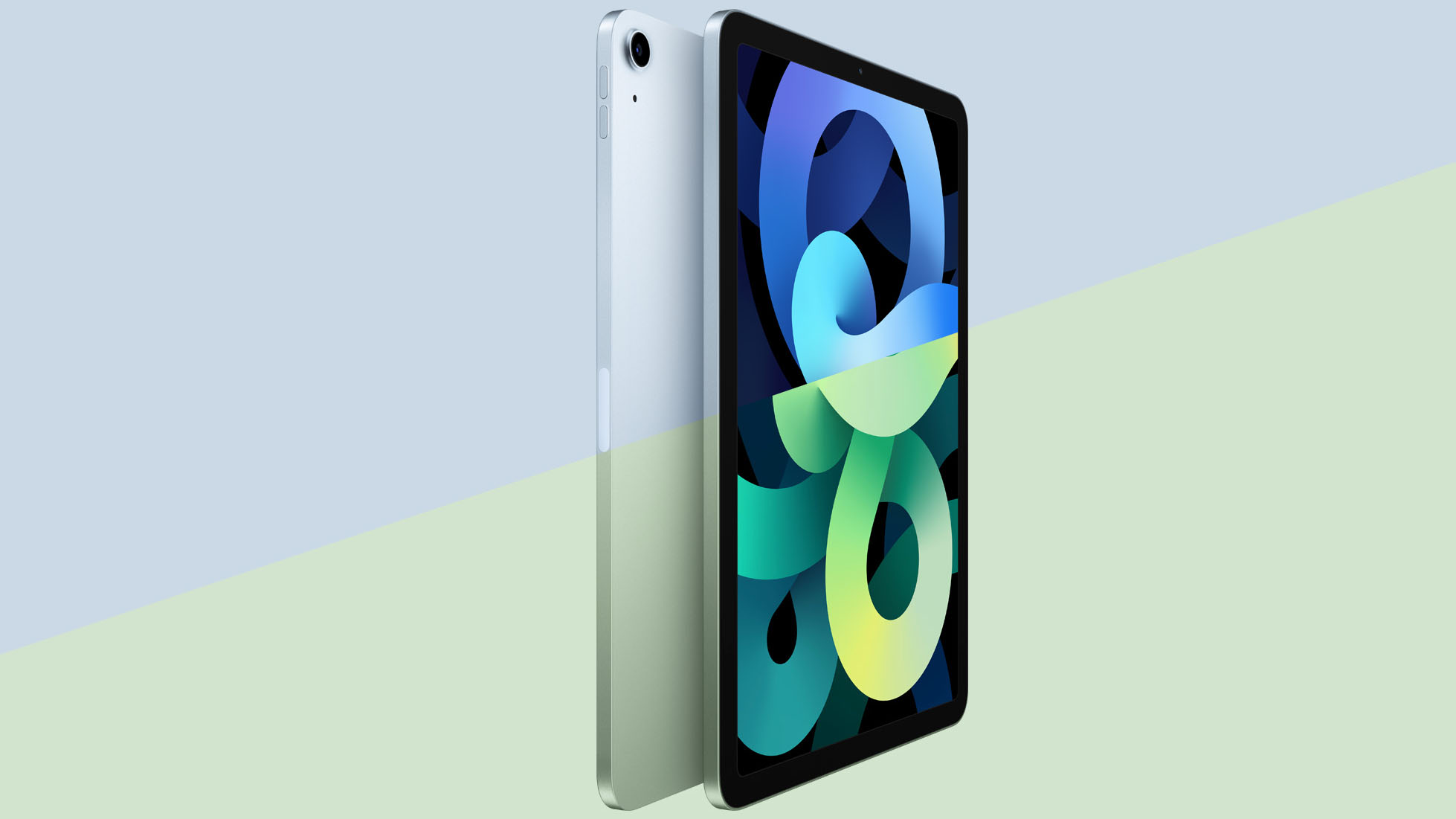
(Image credit: Apple)
The iPad Air (2020) also has five color choices – silver, space gray, rose gold, green, and sky blue – while the iPad (2020) only comes in the first two as well as gold, depriving its would-be owners of the more fun alternatives.

(Image credit: Apple)
In terms of accessories, the former has more options over the latter as well. Whereas the iPad is only compatible with the Apple Pencil (1st generation) and the Smart Keyboard, the Air is compatible with the Apple Pencil (2nd generation), Smart Keyboard, and the legendary Magic Keyboard.
The Air has improved camera features, naturally. In the back, the iPad (2020) comes only with an 8MP wide camera that has an f/2.4 aperture and is capable of taking panorama photos of up to 43MP. Meanwhile, the iPad Air (2020) has a 12MP rear camera with a bigger aperture of f/1.8, stabilization for Life Photos, wide color capture, Focus Pixels for its autofocus, and Smart HDR. It's also capable of taking panoramas of up to 63MP.
Whereas this rear camera on the iPad only takes 1080p HD videos at 30 fps and 720p slow motion videos at 120 fps, that of the Air's shoots 4K videos at 24 fps, 30 fps and 60 fps as well as 1080p slow motion videos at 120 fps or 240 fps.
The front cameras are also vastly different. The iPad has a 1.2MP FaceTime HD camera with 720p HD video recording while the Air has a 7MP FaceTime HD camera with P3 wide color capture, Smart HDR, and 1080p HD video recording capability.
iPad (2020) vs iPad Air (2020): Specs and performance
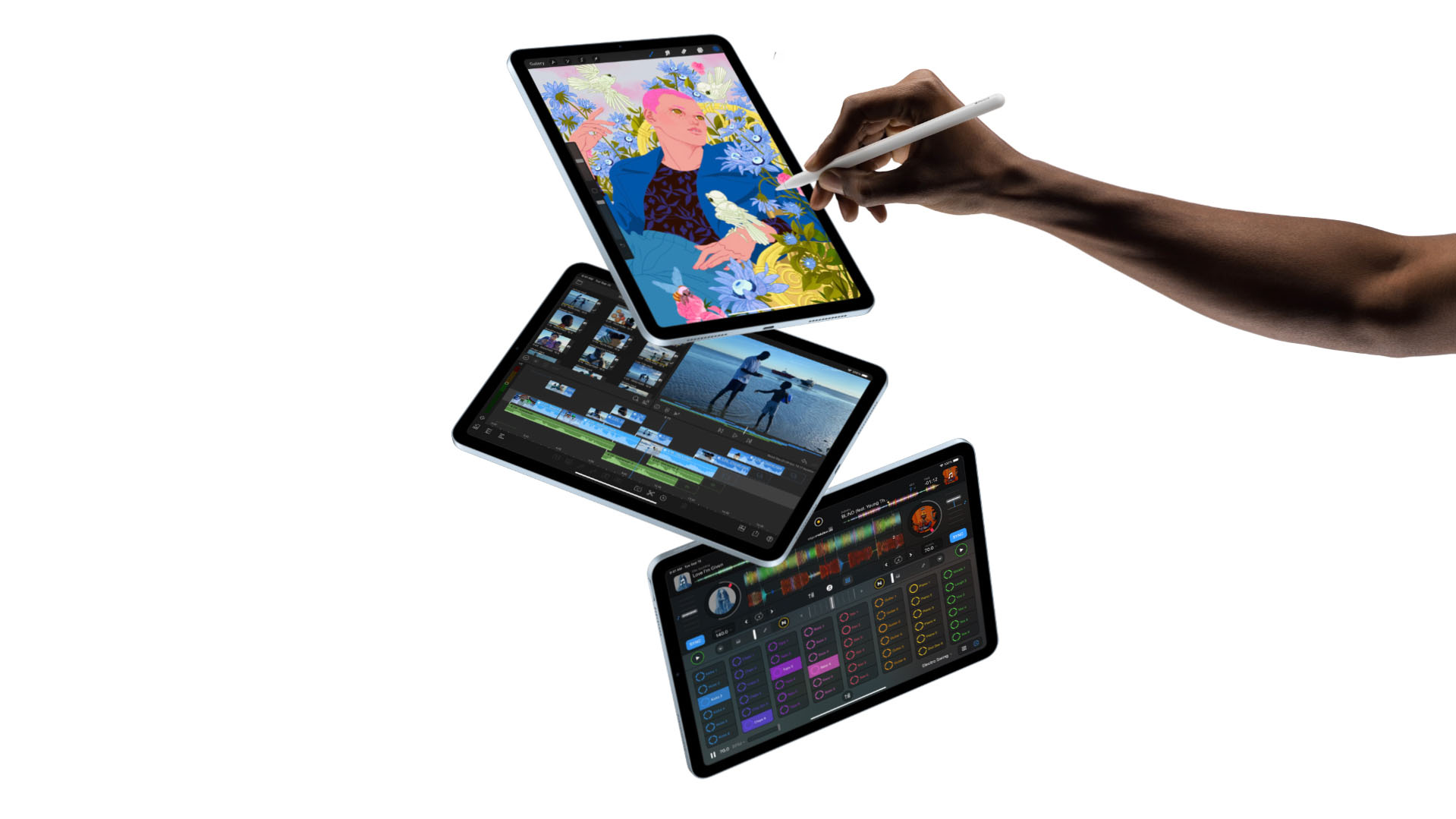
(Image credit: Apple)
When it comes to iPad (2020) vs iPad Air (2020), there's really no doubt as to which one dominates in performance. Both tablets do come in Wi-Fi and cellular models, but while the iPad has opted to upgrade to the A12 Bionic chip from its predecessor's A10 Fusion chip, the Air already has A14 under the hood.
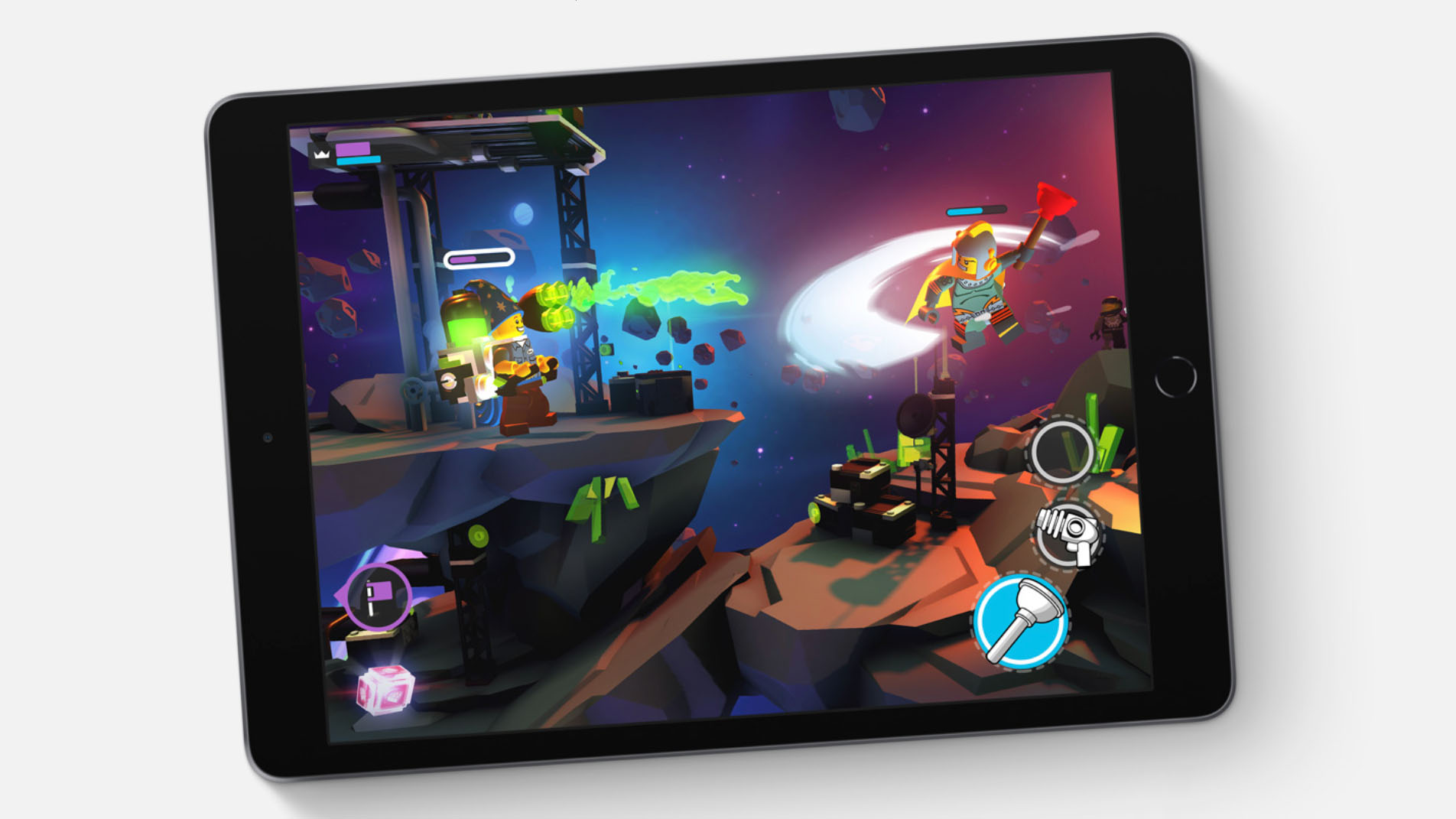
(Image credit: Apple)
According to Apple, this A14 chip, built on the new 5 nanometer process, has 16 cores and brings in 40% CPU improvements and a 30% boost in graphics over the A12. That's not to mention that it also comes with a much improved AI performance. In other words, the iPad Air should be faster and much more intuitive, though that might be less evident to folks who are less discerning when it comes to processing and graphical power.
What would be more noticeable to most people is storage space. The iPad (2020) comes in 32GB and 128GB storage, but the iPad Air (2020)'s configurations are more generous with double the storage, either 64GB or 256GB. The fact the Air also comes equipped with Wi‑Fi 6 and Bluetooth 5.0 is certainly an upgrade from the iPad's.
Sadly, that more advanced chip doesn't give the Air that much of an advantage over the iPad in terms of battery life. Both tablets offer up to 10 hours on Wi-Fi and up to 9 hours via cellular on a single charge.
iPad (2020) vs iPad Air (2020): Verdict
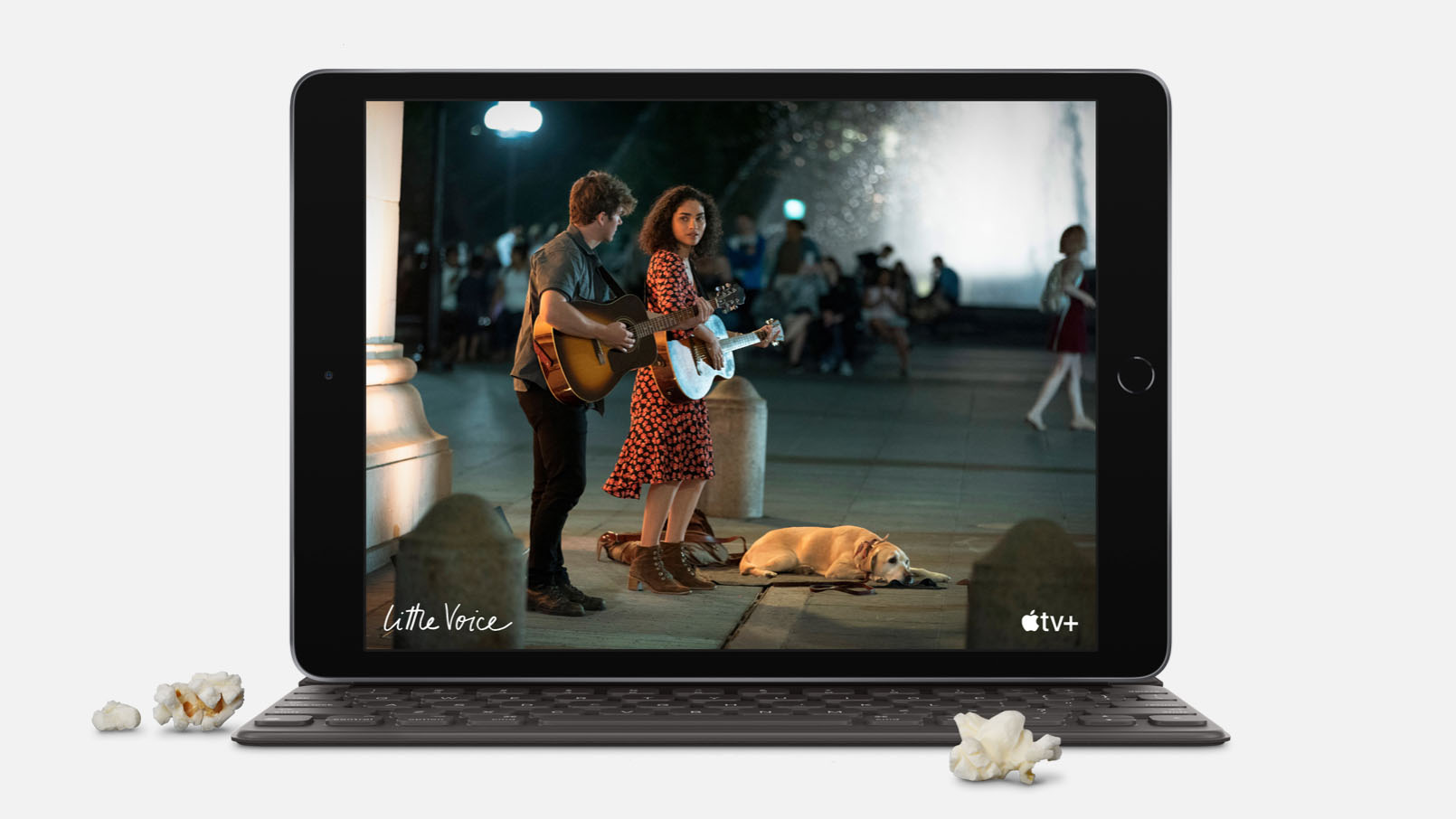
(Image credit: Apple)
Looking at both its features and its specs, it's obvious which tablet has an advantage here. In the battle between iPad (2020) vs iPad Air (2020), it's the latter that is the clear winner. Its features – namely, the display, cameras and video capabilities, and compatibility with accessories – give it quite a lead while its innards give it more power, speed, and storage.
However, all that comes with a loftier price tag. The iPad Air (2020) may feel like a luxury to a lot of people, and when you consider that at least £250/$270 difference, it feels a bit extravagant indeed (though obviously not as much as the iPad Pro).
So, if you're deciding between these two tablets, our recommendations are as follows:
If you need (or want) the advanced features, lighter form factor, and more powerful specs, and you can afford to spend just a little more, by all means go for the iPad Air (2020).
If, on the other hand, your budget is a bit tight, you really need to upgrade that aging iPad you've got at home, and you don't need that much power, the iPad (2020) should be more than enough to meet your needs.
Can You Create Drawings on the Ipad Air
Source: https://www.t3.com/news/ipad-2020-vs-ipad-air-2020-which-ipad-is-best-for-you